Cold brew coffee is a drink, or rather another way of having a different and more thirst-quenching coffee in summer.
But, what exactly is its potential in the craft sector?
There is no doubt that it is a new current trend that ranks highly among consumer preferences. As well as bolstering the coffee industry, it consolidates the craft beverage sector as a proposal with vision that will enjoy dynamic growth.
First of all… what is cold brew coffee?
As its name suggests, cold brew coffee is a kind of cold-coffee-based drink, which at no point during its brewing process undergoes any change in temperature.
Not be confused with the classic hot coffee which is quickly cooled down by adding ice (for example), this is a drink that is crafted cold —from its start until its finish—
made by infusing ground coffee at room temperature for a long period of time, for results that are worth waiting for. It is much sweeter and less acidic than hot coffee. It is light, with surprising aromas and flavour, full of nuances, conceived for discerning palates, and presented as a healthy and very refreshing alternative.
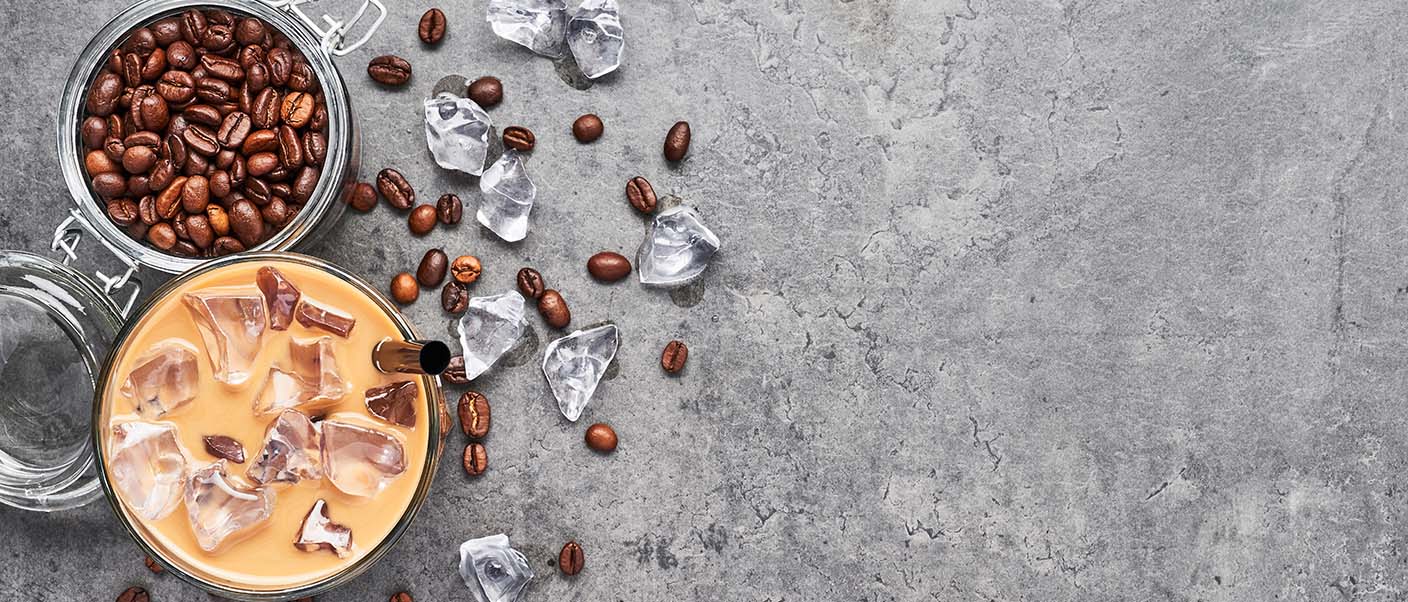
It has grown hugely in popularity in recent years, especially with the boom in café chains and franchises specialising in coffee, where it is included as a regular menu item.
Its success is partly due to online platforms; social media sites and blogs that feature cold brew coffee as one of the healthier options around. This explains why it is especially popular among millennials.
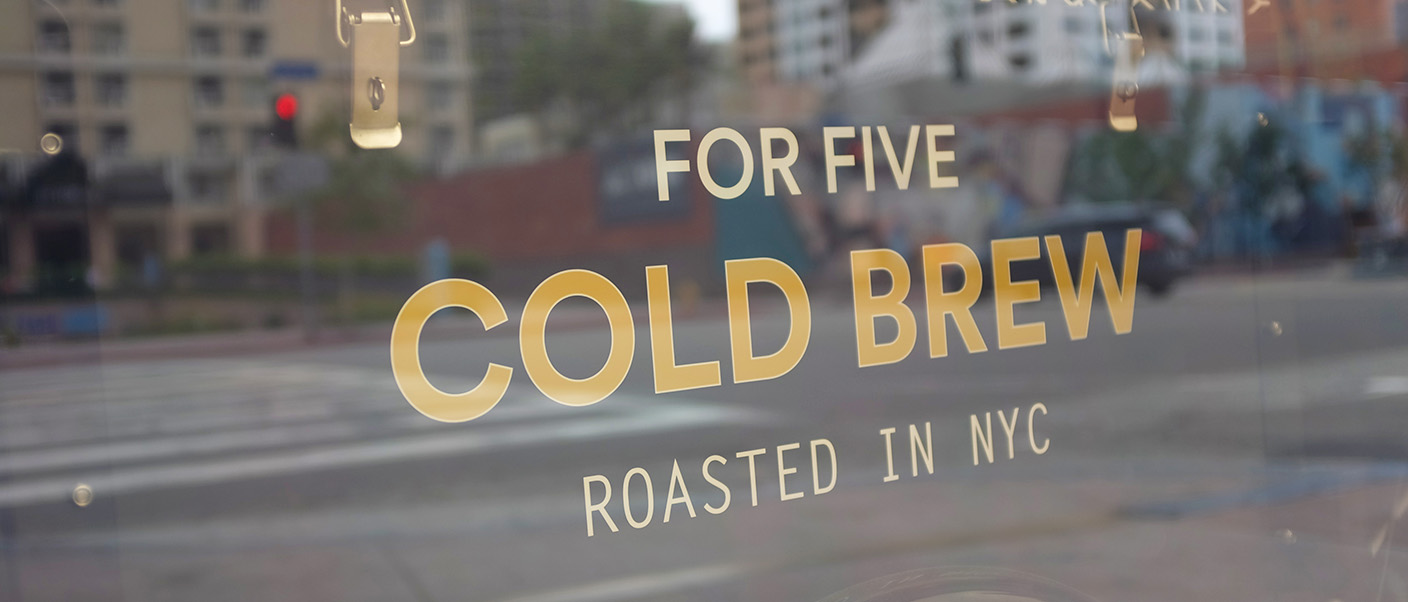
Cold brew coffee, from the off-trade sector to the craft market
The cold brew coffee market is currently enjoying a sweet spot. Consultancy firm Gran View Research published an analysis of its global market in figures, citing it at 339.7 USD globally in 2018, and forecasting approximately 25% annual growth between 2019 and 2025. A sufficiently interesting figure for producers to sit up and take note of.
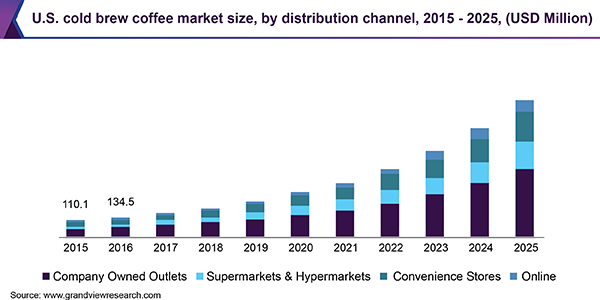
As at the start cold brew coffee was classed as an exclusive beverage for the off-trade sector, this has now opened up new craft opportunities for it in the premium products category.
It has also benefitted from becoming a RTD (Ready to Drink) beverage, driving its growth through other distribution channels such as convenience stores, supermarkets or online services, among others.
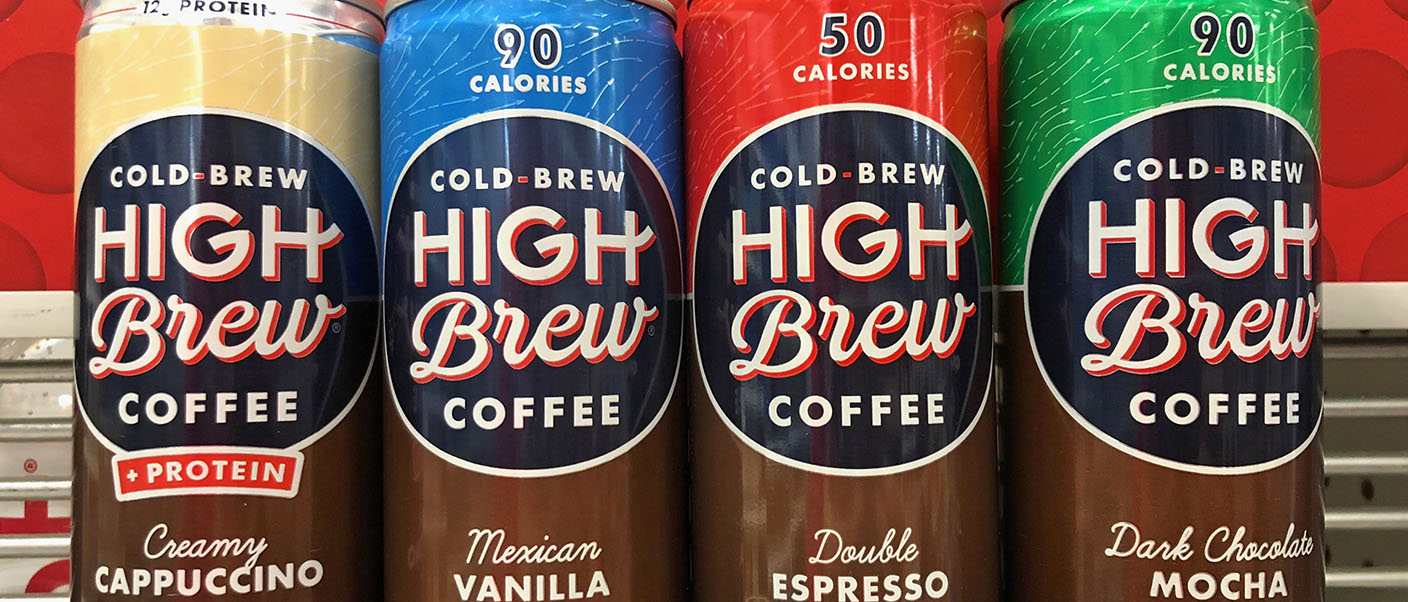
Its geographical expansion has taken it across into North America.
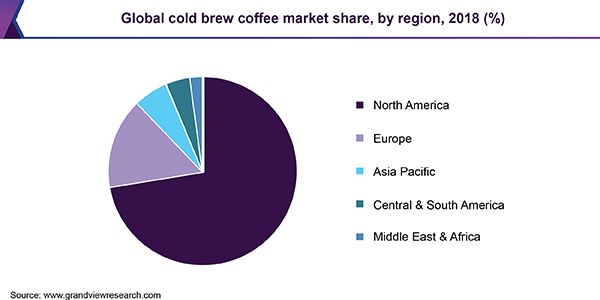
Therefore, the market is staying well and truly open to cold brew as a very promising opportunity. It is a product that is driving a wedge into barrelled beverages, together with others such as kombucha, for example.
Its most well-known recipe its splitting off into surprising variations such as Nitro Cold Brew Coffee, which is infused with nitrogen and stored in barrels for subsequent service on tap, making it a drink with a similar appearance to a classic pint of beer, with frothy foam.
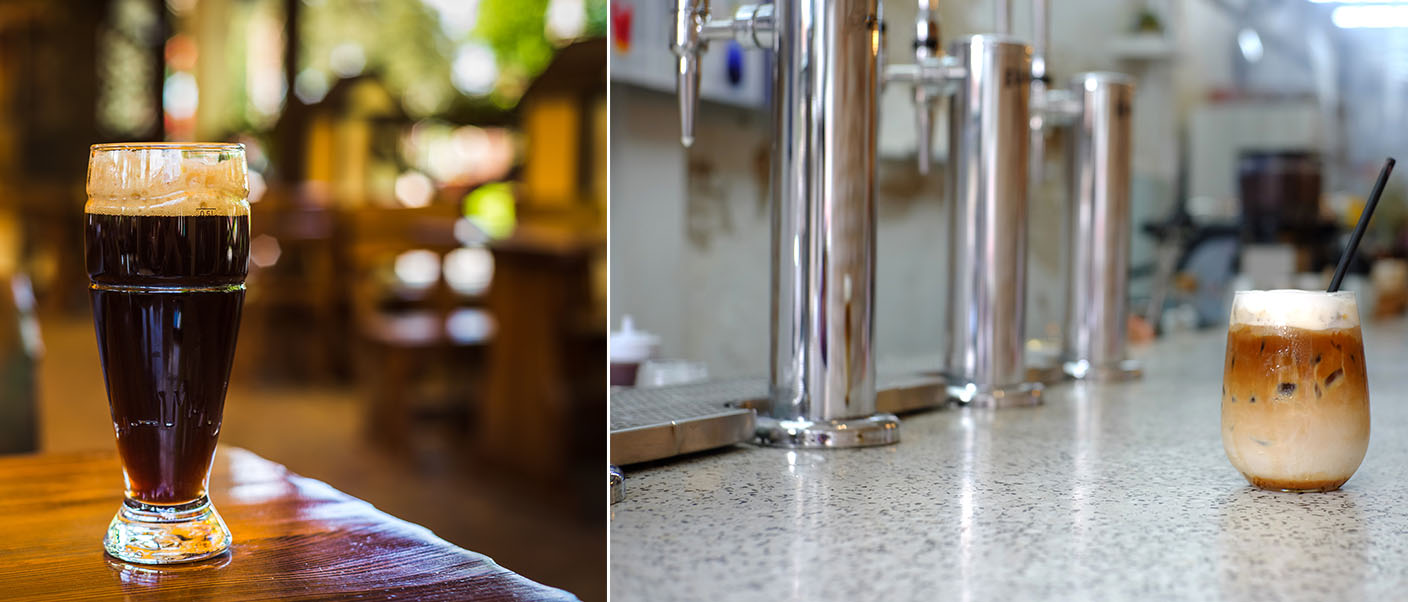








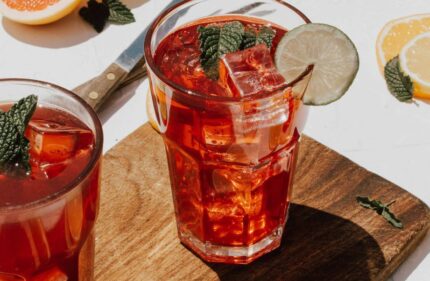

Comments